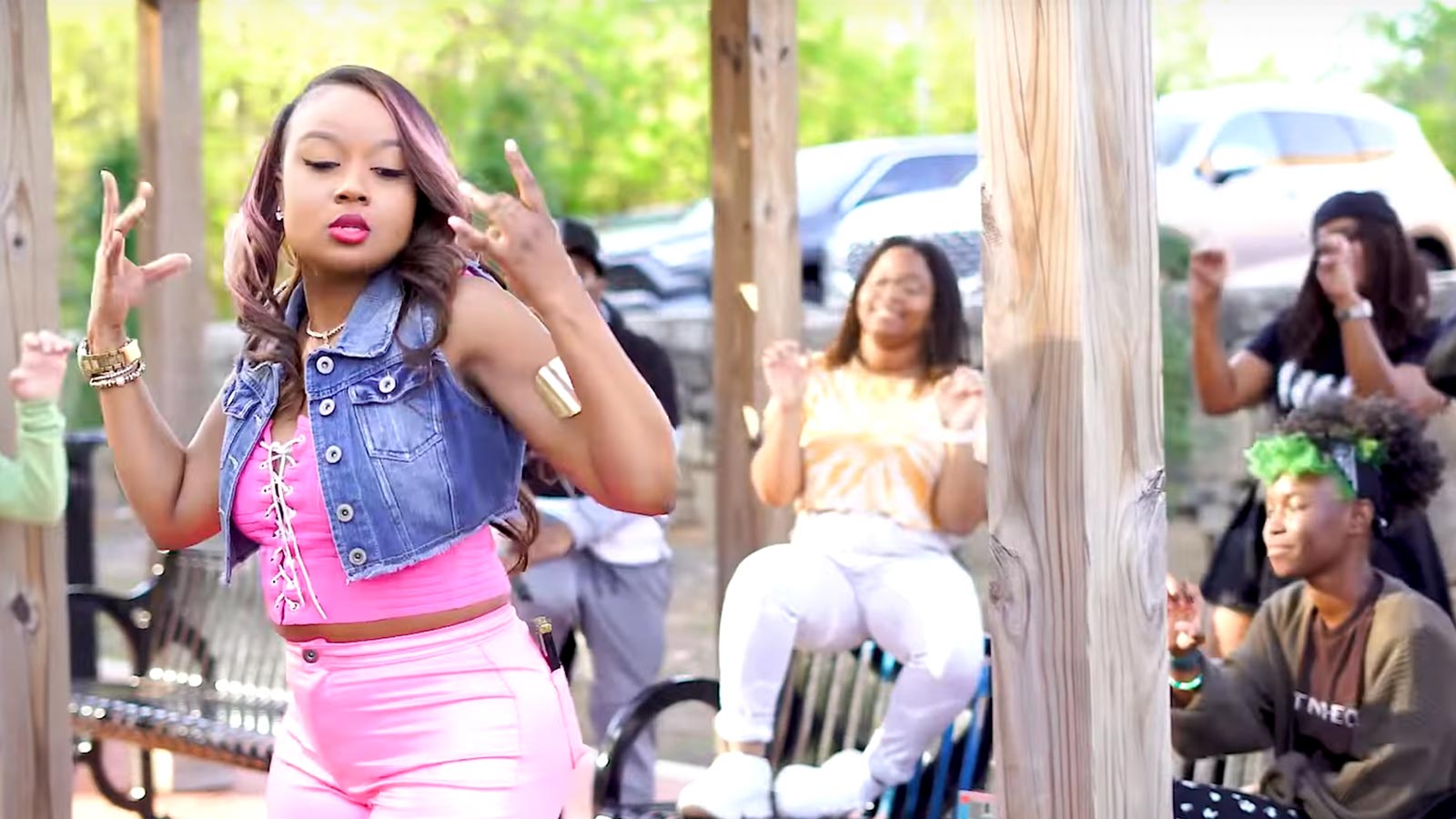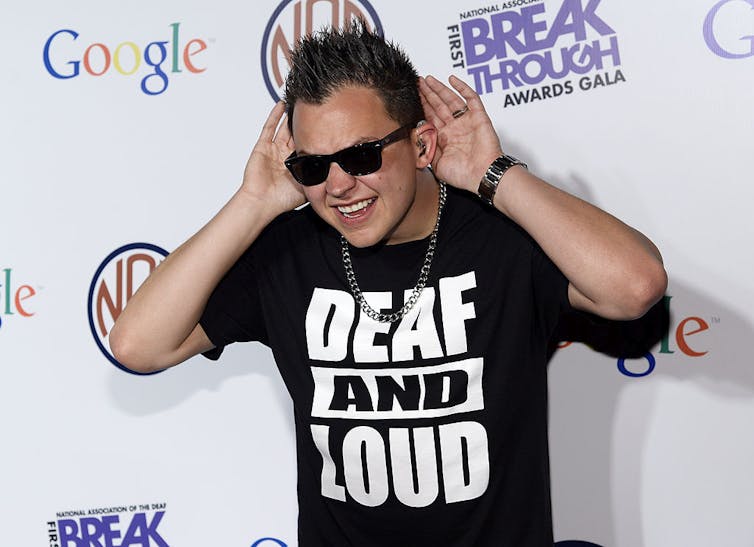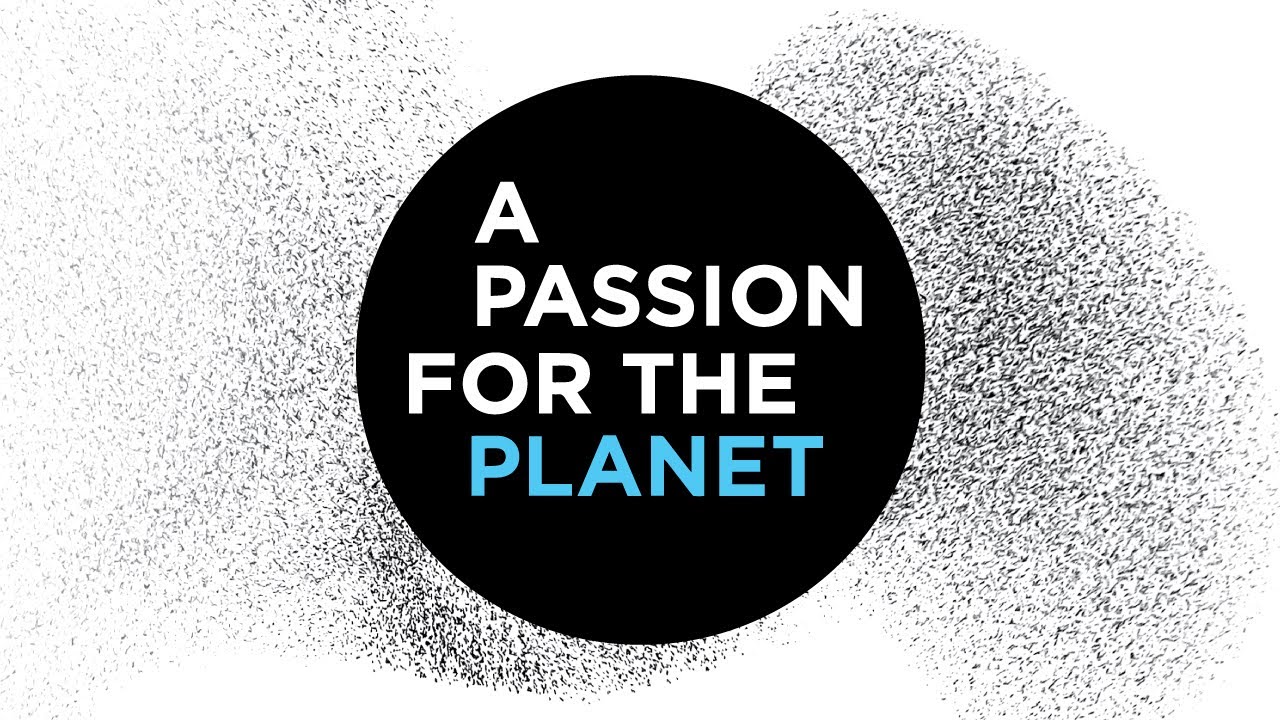
Deaf rappers who lay down rhymes in sign languages are changing what it means for music to be heard
by Katelyn Best, West Virginia University

In April 2023, DJ Supalee hosted Supafest Reunion 2023 to celebrate entertainers and promoters within the U.S. Deaf community.
The event included performances by R&B artist and rapper Sho’Roc, female rapper Beautiful The Artist, the group Sunshine 2.0, DJs Key-Yo and Hear No Evil, as well as ASL performer and former rapper Polar Bear, who now goes by Red Menace.
Many of these artists, activists and entrepreneurs have contributed to an ever-growing hip-hop scene within the Deaf community, which includes a subgenre of rap known as dip hop.
As hip-hop reaches its 50th anniversary, five decades of its cultural impact reverberates in mainstream and underground settings. What originated in the Bronx can now be found all over the world, taking on new forms as it has evolved in a diversity of spaces and places, from trap music and horrorcore to spaza, a subgenre that emerged in Cape Town, South Africa.
Dip hop is one of many styles of rap that have developed over the years. But it stands apart from other subgenres of hip-hop because rappers lay down rhymes in sign languages and craft music informed by their cultural experiences within the Deaf community.
The birth of a musical movement
As an ethnomusicologist, I’ve followed the development of dip hop since 2011, documenting how rappers have pioneered this art form while introducing outsiders, like myself, to Deaf culture.
In 2005, the rapper Warren “Wawa” Snipe came up with the term “DIP HOP” in ASL and English to classify a developing style of rap music within the Deaf community.
While artists of this style identify their music in different ways – some use labels like “deaf rap,” “deaf hip-hop” and “sign rap” – the designation “dip hop” goes beyond adding a qualifier to the broader musical genre of rap. Instead, it signals an independent style grounded in both hip-hop and Deaf culture. Like bounce, trap and drill, the label “dip hop” makes a greater distinction from being a variation of rap to a style that is heavily situated within Deaf culture and determined by Deaf aesthetics.
In many ways, dip hop has followed a trajectory not unlike hip-hop.
In the late 1990s and early 2000s, Deaf DJs and entertainment entrepreneurs organized DIY parties, nightlife events and social gatherings. These venues provided opportunities for rappers, DJs, dancers and other artists to begin to develop and explore their own style of hip-hop and connect with other rappers and DJs.
Cities with Deaf schools served as cultural hubs for musical networking. Gallaudet University in Washington, D.C. and the National Technical Institute for the Deaf in Rochester, New York, have acted as significant sites of production within the U.S. by connecting deaf and hard of hearing students from all over the world.
Additionally, greater access to recording technology, video streaming sites and social media have given Deaf artists tools to create music and connect with other artists and fans.
The many forms of dip hop
While the incorporation of sign language is a fundamental element of dip hop – and remains at the forefront of defining this style – dip hop extends far beyond crafting original rap songs in sign language.
It involves musical expression that’s shaped through a Deaf cultural lens – songs that reorient mainstream notions of what can be considered music. At the same time, every artist has their own rapping style, with dip hop performances taking on a range of different forms and structures.
For example, some dip hop artists work with both oral and manual languages to make their music accessible to hearing people. There are those who perform in both languages simultaneously, and others who prerecord their vocal track, which plays in the background as they rap in sign language.
Some artists collaborate with interpreters. In “Vergiss mich nicht,” artist Deaf Kat Night raps in German sign language, while the lyrics are interpreted orally in German.
Then there are those who collaborate with hearing or deaf DJs. “Breaking Barrels,” featuring DefStar, is just one of the many collaborations between Wawa and DJ Nicar.
Performances can also involve musical instruments. Sean Forbes, for example, performs with a live band while also rapping in ASL and English, an approach seen in his music video “Calm Like a Bomb.”
Alternatively, there are rappers who create music for Deaf audiences and solely rap in sign languages. These songs, however, may still have auditory components, which often consist of artists composing their own beats or raising the volume of previously recorded songs to rap over.
Dip hop, like many styles of music, comes to life through live performance. Artists move across the stage with their hands flying through the air as audiences pulse to the rhythm of the blasting bass beat.
Some artists further immerse their audiences in the musical experience by using specialized instruments and equipment such as subwoofers, objects that can conduct vibrations like balloons, or new forms of haptic technology, which refers to wearables, such as vests, that channel sound vibrations.
Some artists also incorporate visuals into their performances through the use of video screens and sound-activated lights.
Breaking into the mainstream
Dip hop artists have struggled to be acknowledged as musicians in their own right – to have their artistry be the focus of attention, rather than the fact that they’re deaf or hard of hearing.
That’s starting to change.
In 2009, Finnish rapper Marko “Signmark” Vuoriheimo signed a record deal with Warner Music Finland and released “Smells Like Victory” and “Speakerbox” that same year.
This marked the first time in history a Deaf artist was signed to a major record label. The following year, Detroit-based rapper and National Technical Institute for the Deaf alumnus Sean Forbes signed a contract with WEB Entertainment and released the single “I’m Deaf,” attracting mainstream attention to this style of rap.

And through the support of the Deaf community, hearing allies and fans, Forbes’ EP “Little Victories” reached No. 1 in the hip-hop category on iTunes and made it to the top 200 Billboard chart in 2020.
The following year, Wawa’s single “LOUD” was a top 20 dance track on iTunes. In 2022, Forbes and Wawa made history again as the first ASL performers at a Super Bowl halftime show.
In “Sign of the Times,” Wawa raps:
Sup beautiful people
I’m the Godpop of dip hop
Deaf eyes through hip hop
With signs for your eyes
Blow your mind and it won’t stop.
As dip hop evolves, it continues to push the boundaries of convention. In the spirit of hip-hop, dip hop rebels both musically and socially against cultural norms, breaking the mold and expanding possibilities for musical artistry.
Through their performances, dip hop artists not only subvert preconceived notions of music but also of Deaf culture and deafness, changing what it means for music to be heard.![]()
Katelyn Best, Teaching Assistant Professor of Musicology, West Virginia University
This article is republished from The Conversation under a Creative Commons license. Read the original article.

